Ever wonder what the weird, quirky, and odd stories behind a building are? We do. So, we reached out to the Pittsburgh Symphony and asked, “What makes Heinz Hall unique?” Gratefully, Carl Mancuso, the Vice President of Heinz Hall, gave us a tour.
Before the Orchestra, There Were Silent Movies…
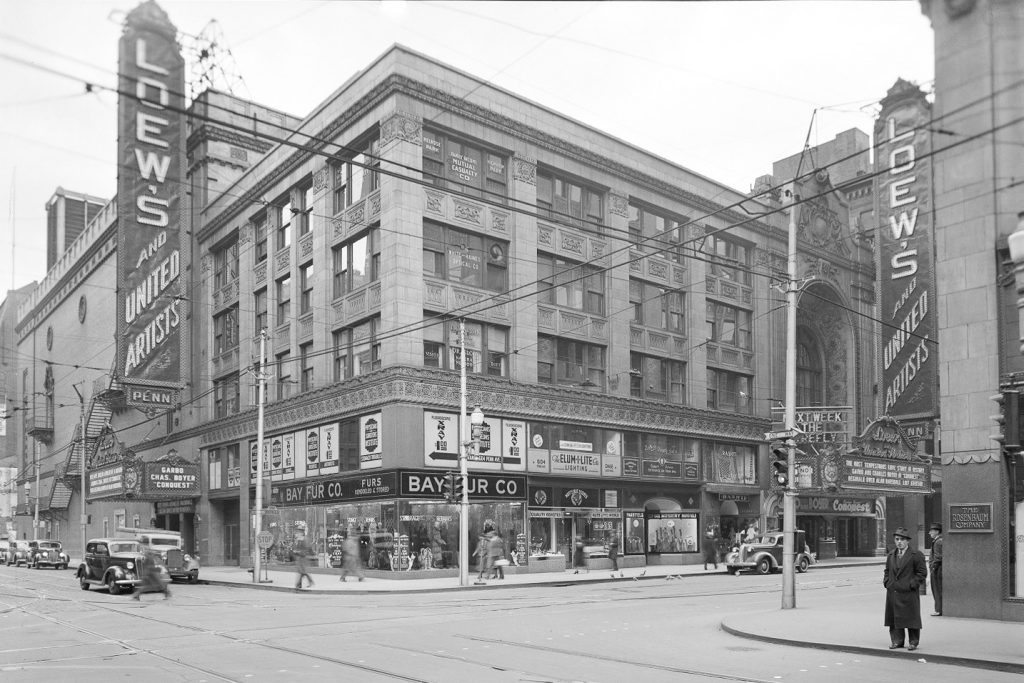
Before the Orchestra, there were silent movies and vaudeville under the Loews and United Artists Theatre. At the time the building also held businesses in the first floor. The historical building was almost demolished in the 1960’s but Henry J. Heinz II led the charge to turn it into the home of the symphony.
About the image: City Photographer was an official position at the Mayor’s Office that documented roads, buildings and projects around Pittsburgh started in 1907. It documented Pittsburgh until it was eliminated in the 1970’s. This photo was taken in 1937 for the Department of Engineering.
The Rooftop Garden is Hidden in Plain Sight
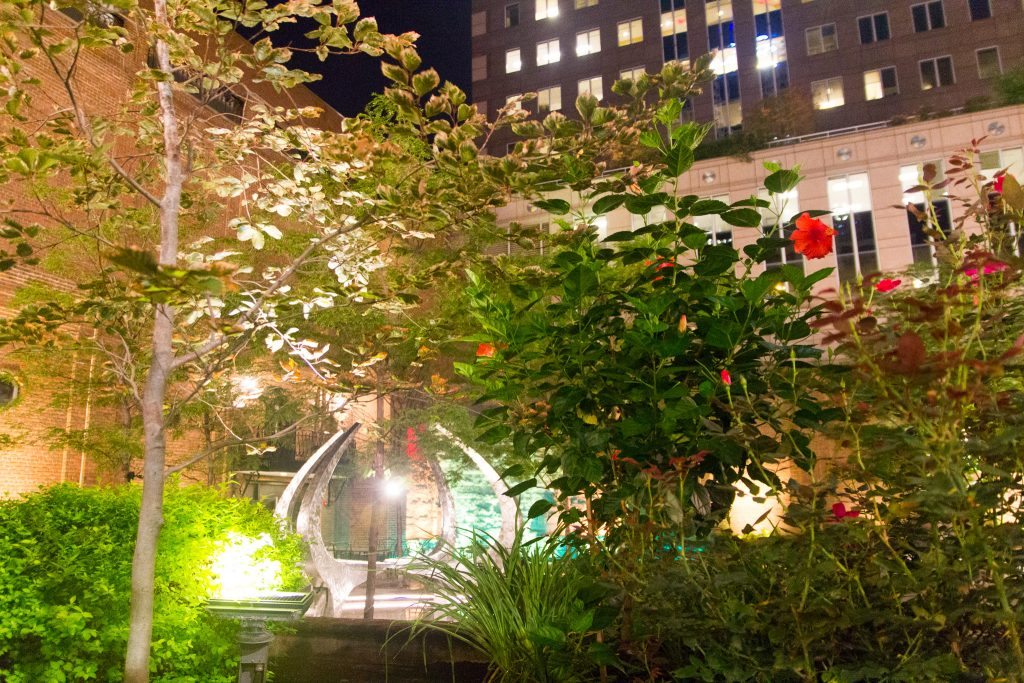
If you’ve been downtown before, chances are you’ve wandered right by it. The Heinz Hall Garden Plaza may be at street level, but it’s actually one of Pittsburgh’s largest public rooftop gardens. Rooftop to what you ask?
An Unfinished Black Box Theatre is Below the Garden

A good observer will notice the stairs and railing in the basement is rather polished for being behind scenes. That’s because Heinz started building out a Black Box Theatre before his passing. The large space was to host experimental performances. Currently it houses part of the symphony’s archive that looks akin to the warehouse scene of Indiana Jones. As not to reveal any secrets that might melt our face off, we took a photo of the roof where the garden boxes drop down.
Water Comes From the Fabled Fourth River
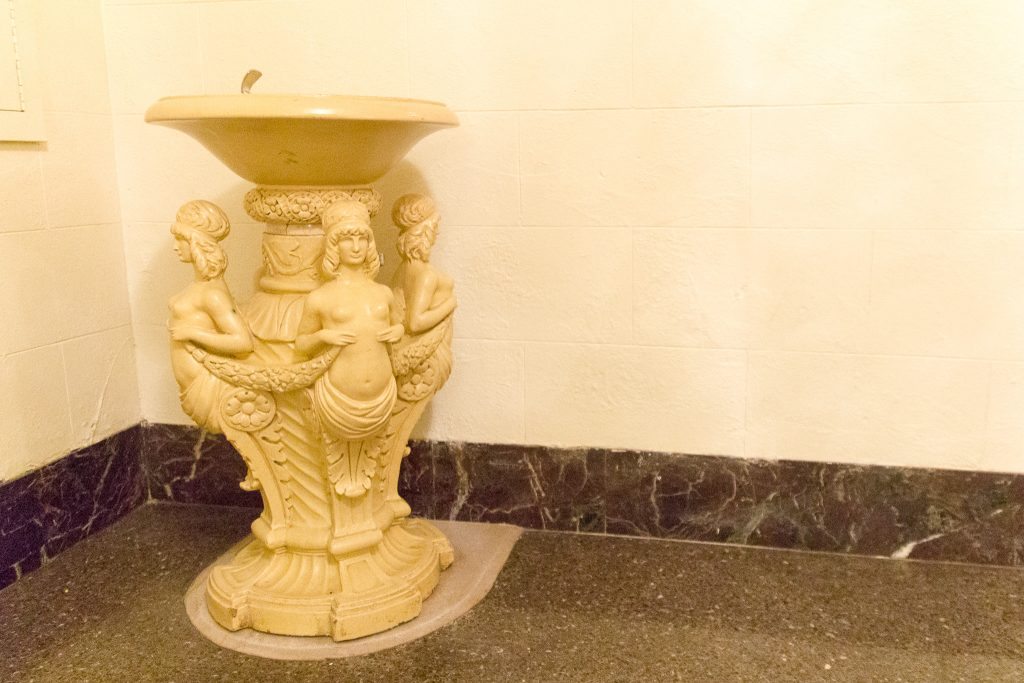
What do they use to water the rooftop garden? Heinz Hall draws part of its water from Pittsburgh’s Fourth River… And if you don’t know, the fourth river is an ancient aquifer that runs beneath the city. Don’t worry. The water in the fountains is plain ole city water. That still goes through a first class filtration process.
Heinz Designed the Ketchup Red Carpet
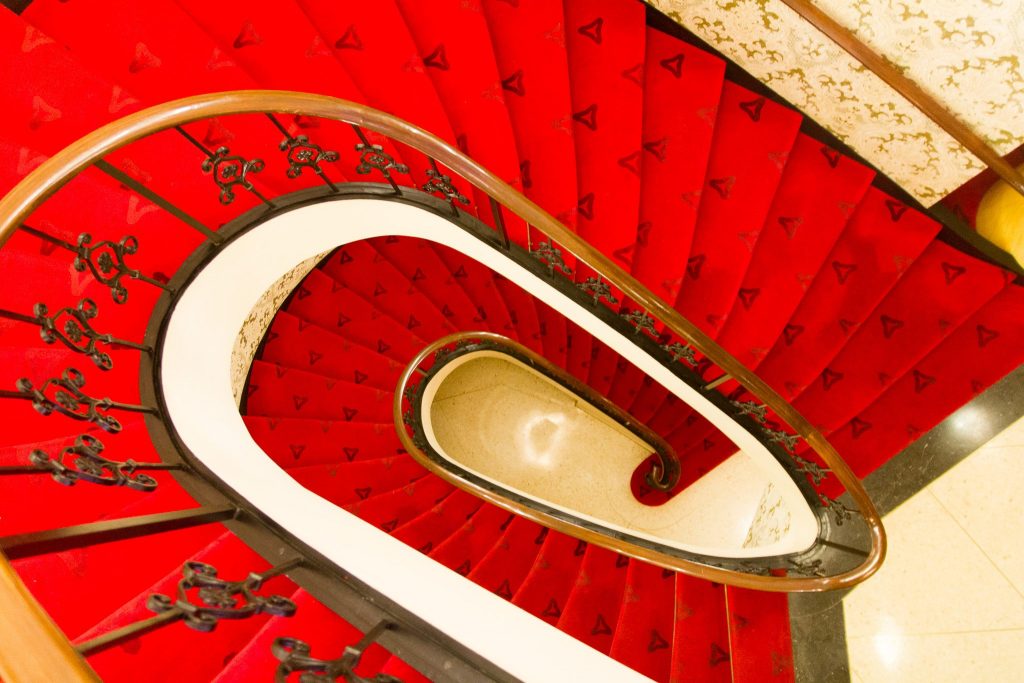
You know those commercials where the person carefully makes choices about the tiniest things? That was the level of detail Senator Heinz looked at all the way down to the carpet. Jack Heinz helped design the logo which represents the three rivers. He was also involved in the sourcing of the thread, picking the looming process, and choosing the ketchup red that the carpet would hold. He then doubled his order for the eventual re-carpeting of the hall.
The Ladies’ Room is Pretty Epic
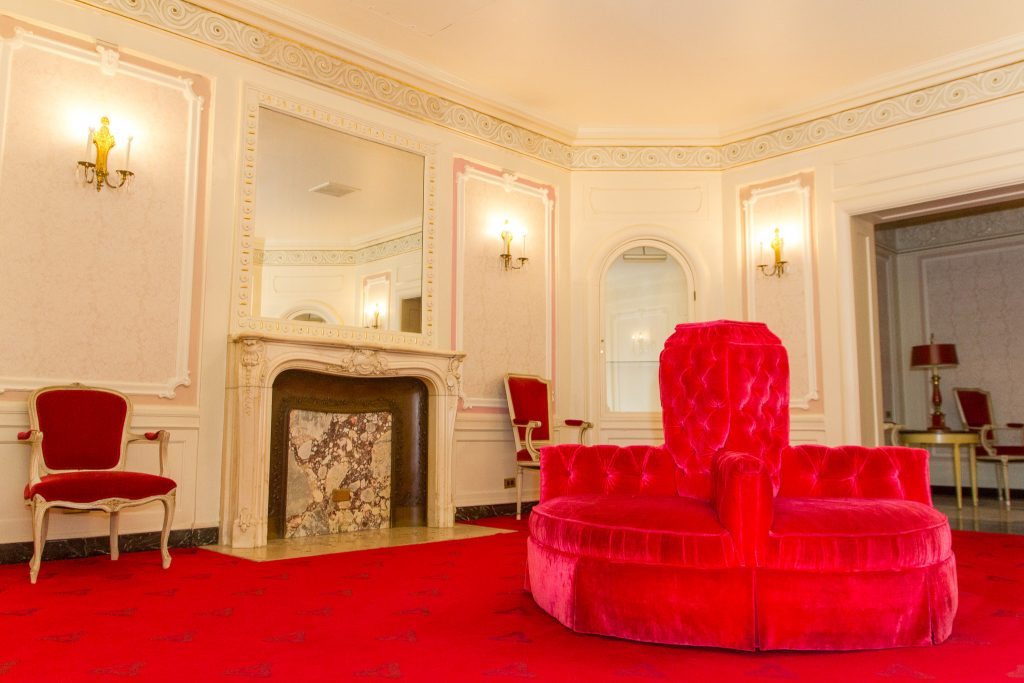
Sorry men, but the ladies room is pretty epic. You may have urinals, but the women have class.
The Original Exterior Can Still Be Seen
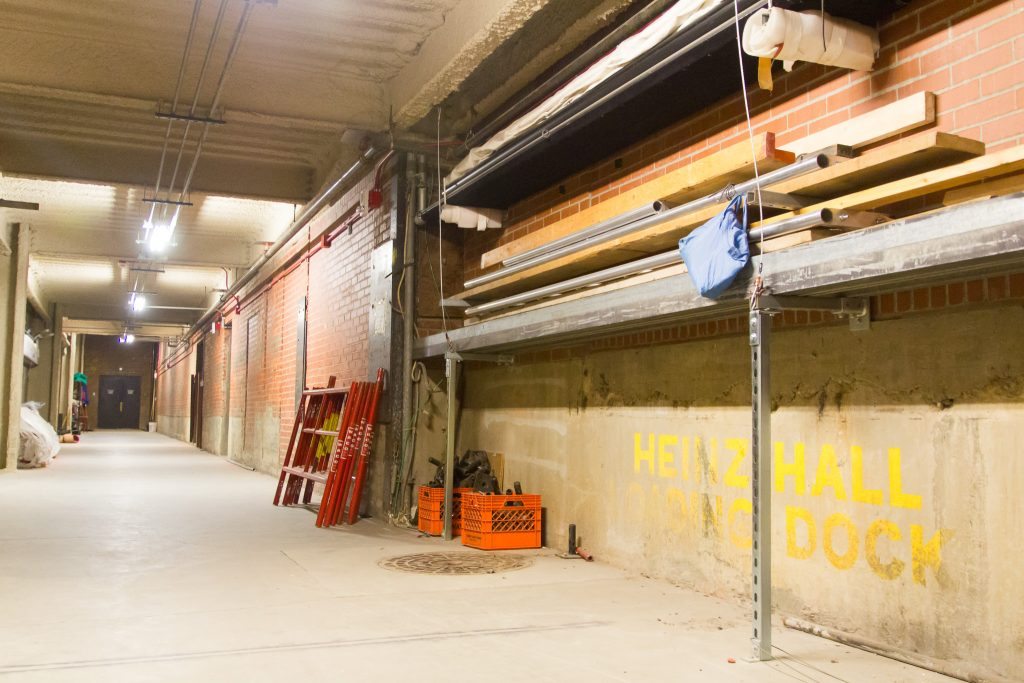
In 1982 Heinz Hall expanded with the Annex and Garden Plaza. The original bricks and loading dock can still be seen in the hallways. Bonus trivia: When they built the EQT Building, Heinz Hall ended up with one of the largest covered loading docks for symphonies. This protects delicate instruments and makes musicians extremely happy.
The Gold is Metallic Leaf, Not Paint
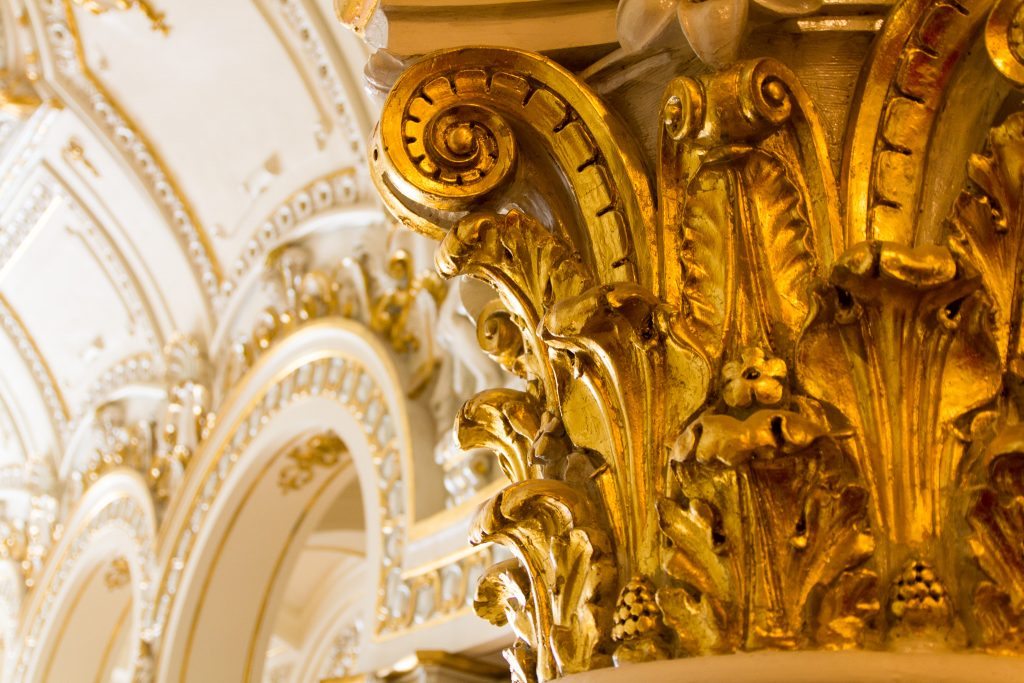
The gold adornments at Heinz Hall are not painted on. The golden flare is actually metallic leaf or dutch metal. Metallic leaf is a combination of copper and zinc to form brass that resembles 23k gold. It’s applied professionally sheet by sheet giving it a classic shine.
Artists Have and Leave Good Luck Trinkets

Behind the stage musicians leave trinkets for good luck. Some leave small markings. In the Mozart Room, the artist told the grounds keepers, he left his initials in the work. Can you spot them?
The Pittsburgh Symphony Actually Owns Heinz Hall
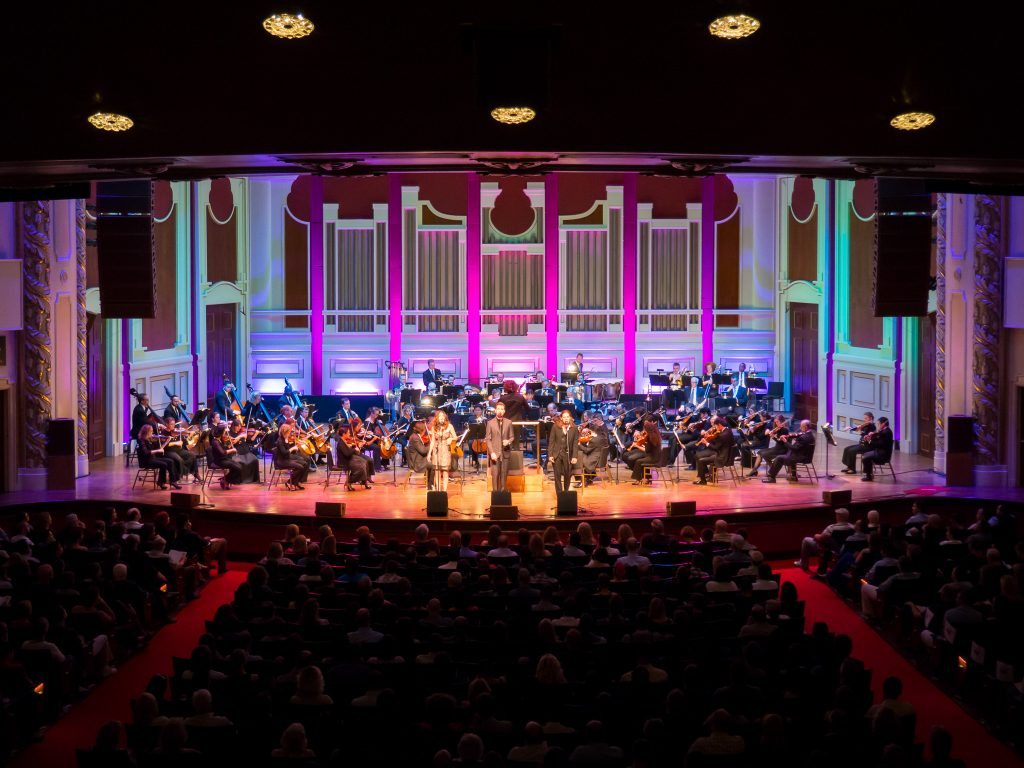
No rental fees here. The Pittsburgh Symphony actually owns Heinz Hall. That’s unusual for symphony orchestras and one of the reasons Heinz Hall is special.

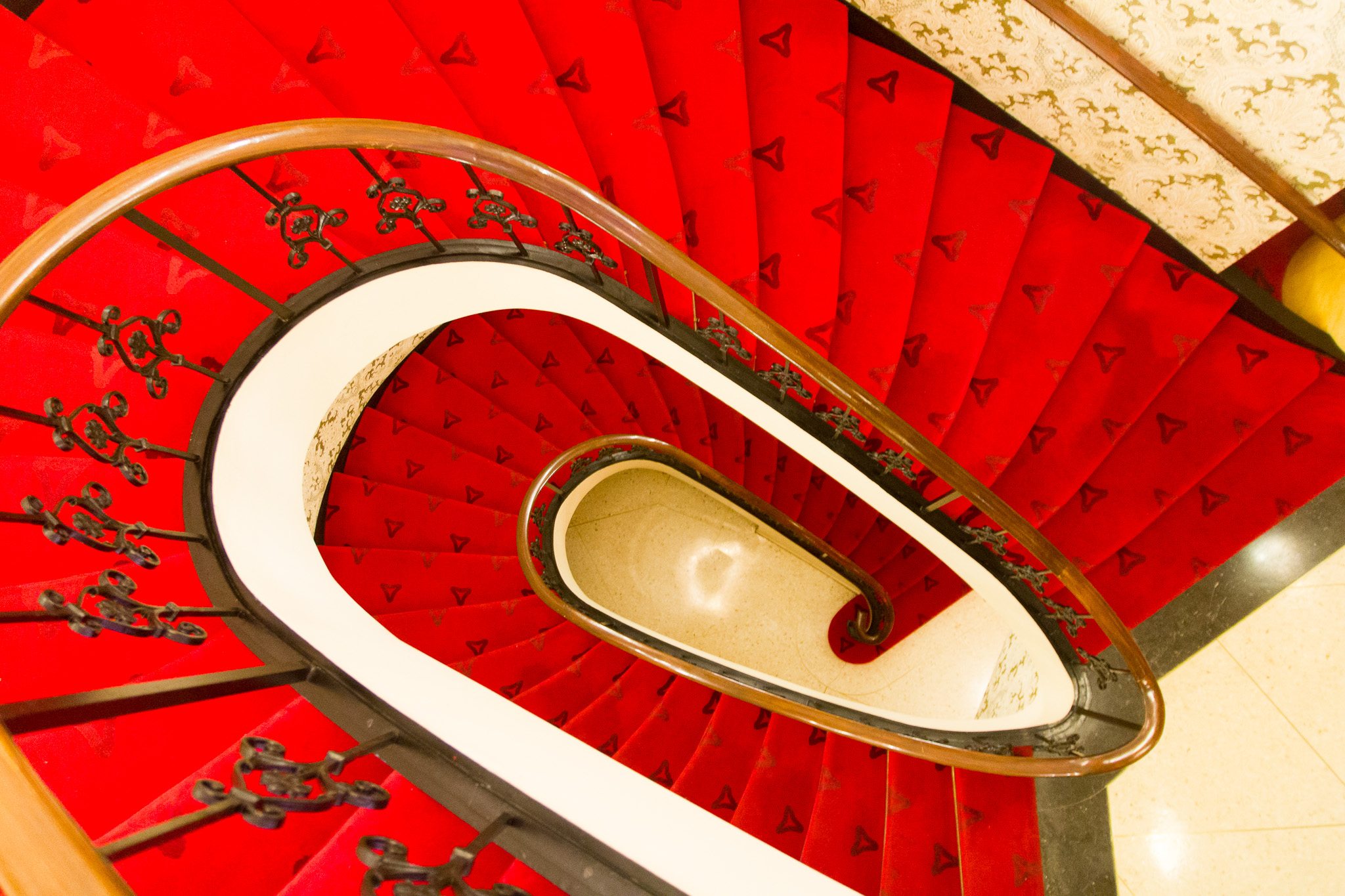
OK all of the above is true. however since the building was converted while I was living elsewhere, I can tell you that at one time “back in the day”, it was a movie theatre with a loge (soft g) and had an attendant in the womem’s room on the lower level. The movie theatre known for its vaudeville shows and silent movies was the Stanley, which in its heyday had Jolson performing there. Just saying.